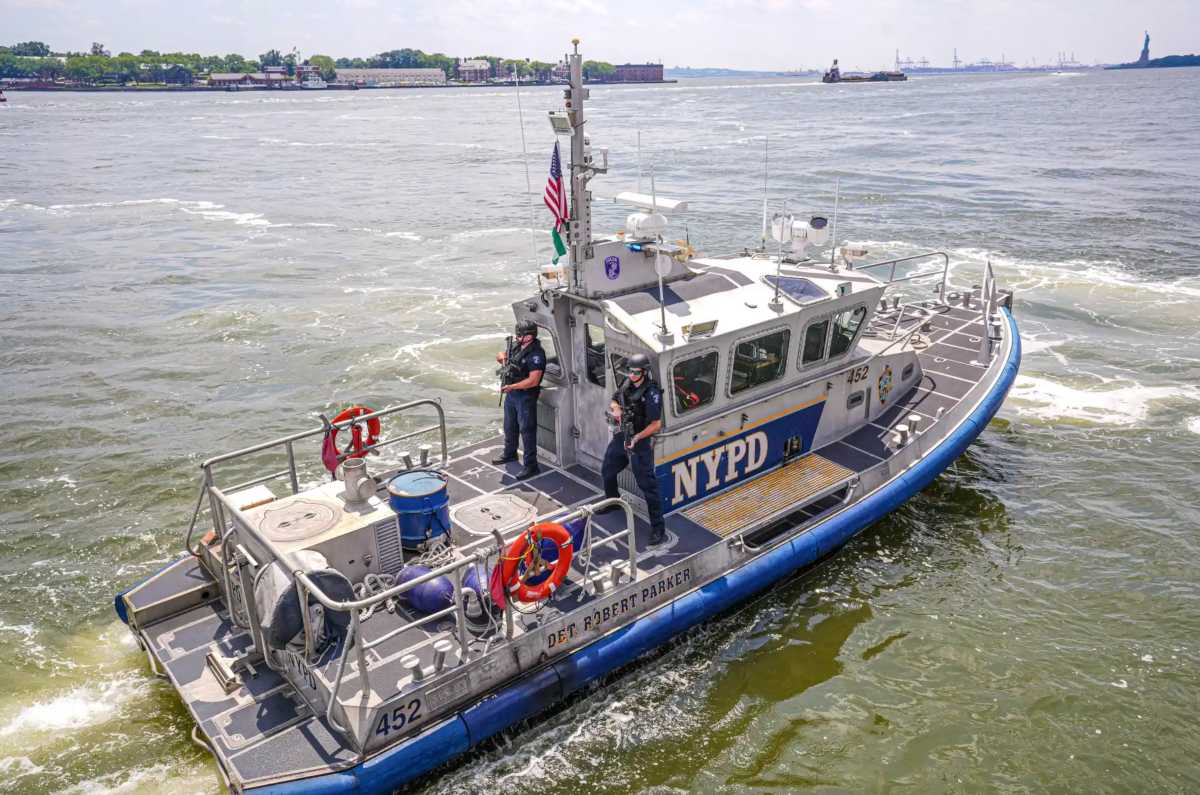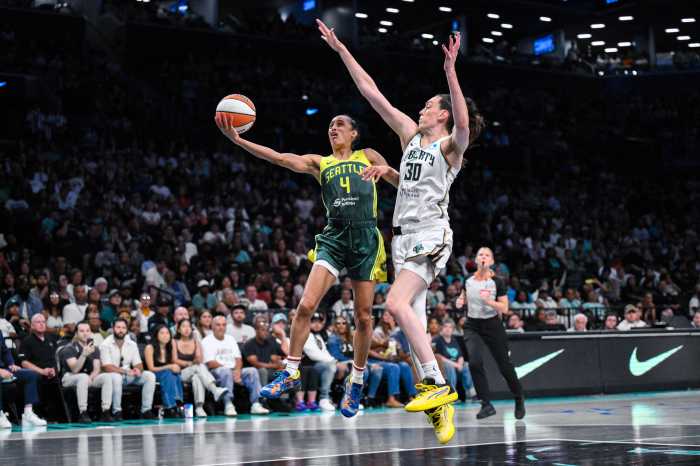By Larry Penner
In January 1985, the Elmhurst station on the LIRR’s Port Washington Branch closed. Ridership had dwindled to less than 100 per day. It was decided at the time, probably based upon a cost-benefit analysis, that investing millions of dollars to upgrade the station made no economic sense. Research indicated that there would be a poor return in potential ridership that would utilize this station.
Fast forward 30 years later. Give Congress members Joseph Crowley and Grace Meng along with New York City Councilman Daniel Dromm credit for successfully lobbying the Metropolitan Transportation Authority to include $40 million within the Long Island Rail Road’s $380-million 2015-2019 Capital Stations Program to support reopening the Elmhurst LIRR Station. The total overall LIRR proposed 2015-2019 Capital Program request is $3.1 billion.
The original Elmhurst LIRR station was built on street level going across Broadway past Whitney Avenue. The station had a long platform and pedestrian underpass near the corner of Ketcham Place and 43rd Avenue to 88th Street. The underpass remains in use today.
Additionally, there was an entrance to the Port Washington-bound platform near the corner of Cornish Avenue and Broadway and a tunnel leading to the Elmhurst Avenue subway station on the IND Queens Boulevard Line This subway station is currently served by both the IND M and R lines.
The MTA/LIRR proposal calls for spending $4 million in 2016 (probably for planning, environmental review, preliminary and final design activities) and $36 million in 2018 (to pay for actual construction) for a total of $40 million.
The scope of work needed to reopen the Elmhurst LIRR station would include new 12-car platforms, staircases, railings, passenger shelters, ticket-vending machines, lighting, communication, signal and security equipment, general site improvements and passenger elevators to be fully compliant with the American Disability Act. There would be no staffed ticket office.
Construction to support the $25 million LIRR pocket track extension and accompanying $20 million new bridge just east of the Great Neck LIRR is underway. This project will double capacity the pocket track capacity from one to two trains. It was designed to support an increase in the frequency of service, which will be critical when LIRR East Side Access to Grand Central Terminal becomes a reality. The pocket track saves 25 minutes as trains going beyond Great Neck have no need to travel east on to the Port Washington terminal station and turn back west to Great Neck. Both the pocket track and bridge are forecast for completion in 2017.
These capital improvements affords the LIRR the ability to increase service for both Great Neck and Queens customers. The most recent recovery schedule for LIRR East Side Access calls for revenue service by December 2023. The construction of two additional storage tracks, which is underway at the Port Washington LIRR Station yard for $12 million, will also assist supporting future East Side Access service. Both projects afford the LIRR opportunities to increase the frequency of service all along the Port Washington branch..
Due to the unfortunate events of Hurricane Sandy, there is a need to create alternative options for commuters, known as “redundancy.” The MTA will invest several billion dollars in capital projects to support this initiative. Reopening the old Elmhurst station would provide a new alternative for Port Washington branch LIRR customers should disruptions in service to either Woodside, Penn Station or the future. Grand Central Terminal occur. Riders exiting at the reopened Elmhurst LIRR station could transfer to either the M or R subway lines. Upon boarding the M or R lines, there would be future transfer opportunities for either the E, F or 7 subway lines one stop away at Jackson Heights – Roosevelt Avenue station.
You have to also ask why no one looked at the potential benefits of also reopening the old Corona LIRR Station. This station west of Elmhurst and east of Mets Citi Field located at 44th Avenue and National Street was closed in April 1964 due to poor ridership
Larry Penner
Great Neck
































